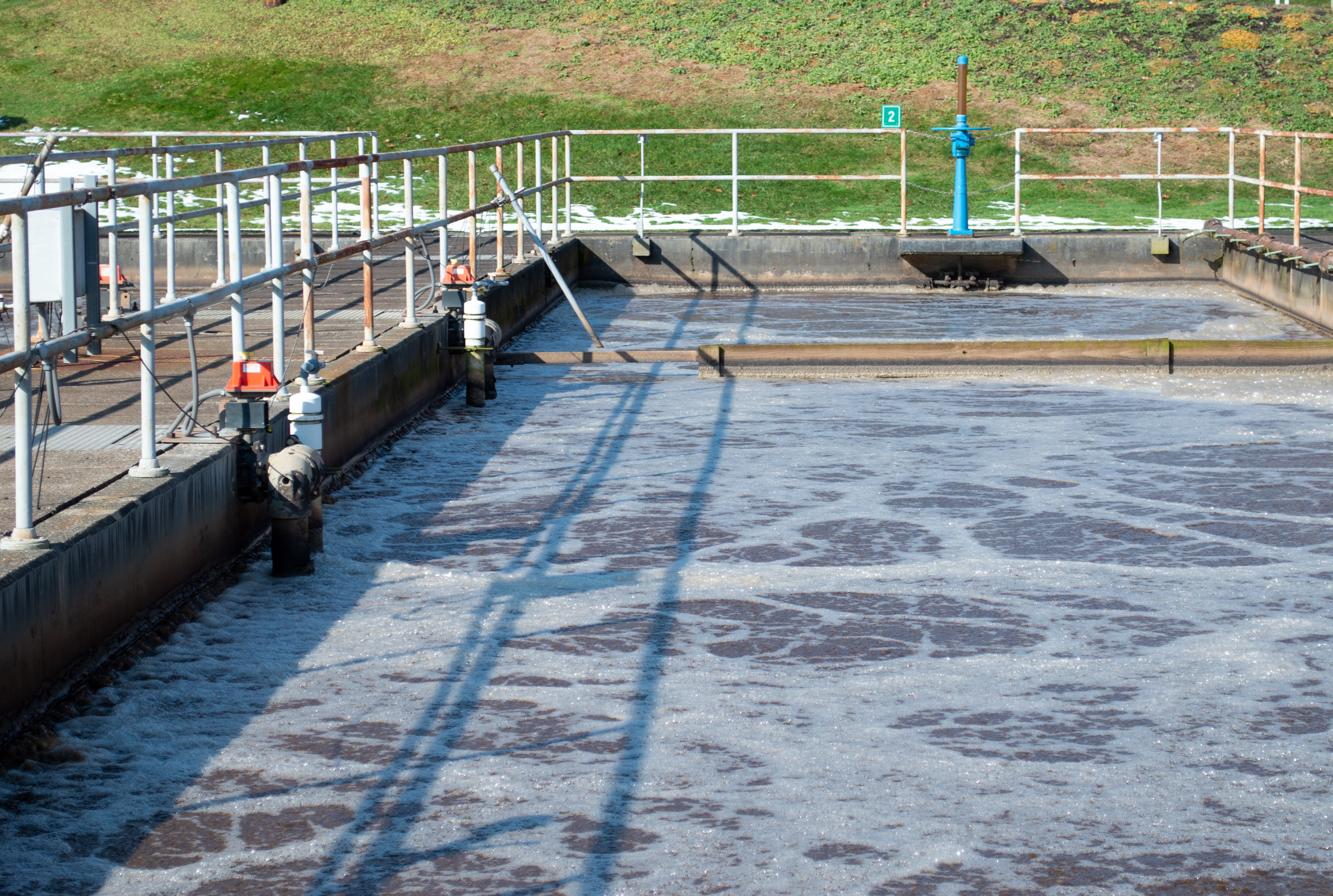Water and Sewer
Lead Testing
Water Treatment Plant Lead Testing History in Drinking Water
The City of Kent has a long standing history of providing high quality water to its customers while at the same time meeting Environmental Protection Agency (EPA) mandates for safe water. Specific to lead, the City testing dates back to 1988 when the City first was required by the EPA to look for lead in its water supply. The initial mandated EPA testing was every six months.
On July 21, 1993 the City was informed by letter from the Ohio EPA that it was recognized for the submission of two consecutive six month monitoring periods for lead and copper with results not exceeding Action Levels. In the letter, the City was informed of new monitoring requirements, including testing 30 sample points located throughout the City for lead and copper every three years. The City has had no samples exceed the Action Level for lead or copper since the inception of this program and we continue to adhere to the Ohio EPA testing requirements.
Mandated Language Added in 2007
In the City of Kent 2007 Consumer Confidence Report (CCR) the Ohio EPA mandated that we add the following language:
If present, elevated levels of lead can cause serious health problems, especially for pregnant women and young children. Lead in drinking water is primarily from materials and components associated with service lines and home plumbing. The City of Kent is responsible for providing high quality drinking water, but cannot control the variety of materials used in plumbing components. When your water has been sitting several hours, you can minimize the potential for lead exposure by flushing your tap 30 seconds to 2 minutes before using the water for drinking or cooking. If you are concerned about lead in your water, you may wish to have your water tested. Information on lead in drinking water, testing methods, and steps you can take to minimize exposure is available from the Safe Drinking Water Hotline or at http:/www.epa.gov/safewater/lead.
2008 CCR Updates
In the 2008 CCR the City began publishing lead results as required and has continued to do so in succeeding years. The results for lead in a public water supply are reported in parts per billion as shown below for the last three required Ohio EPA reporting periods.
City of Kent Lead Testing Results
| Consumer Confidence Report Year | Action Level | Level Found |
|---|---|---|
| 2008 | 15 | Less than 5.0 |
| 2011 | 15 | Less than 5.0 |
| 2014 | 15 | Less than 5.0 |
| 2017 | 15 | Less than 5.0 |
The City of Kent is proud to report that it has never exceeded the Action Level of 15 parts per billion of lead as we continue to monitor 30 sites in our water system every three years as required. Our last lead and copper testing was conducted in 2017 the next round of sampling will be in 2020.
Ambient Ground Water Quality Monitoring Program
In addition to testing required triannually for the CCR the City also partners with the Ohio EPA as part of their Ambient Ground Water Quality Monitoring Program. The latest results for lead from the Ohio EPA shows Non-Detect (ND) with reporting limits of 2 microgram per liter (ug/L). This equates to our potable water supply having at minimum less than 2 parts per billion lead, again below Action Limits.
Consumer Confidence Reports & Monitor Sites
View the Consumer Confidence Report for a specific year. You can also view a map (PDF) depicting the thirty sites that are monitored for lead and copper testing.
Questions
Questions regarding water quality in the City of Kent can be directed to the Service Director at 330-678-8105.
Water Reclamation
Treatment System
The Water Reclamation Division of the Public Service Department is responsible for the treatment of the City’s residential, commercial and industrial wastewater. The facility can process 5 million gallons per day, via the City’s sanitary sewer collection system.


Along with the removal of conventional pollutants, such as suspended solids (SS) and carbonaceous biological demand (CBOD), the treatment process is also designed for the chemical removal of phosphorus and the biological removal of ammonia from the waste stream. The cleaned water is then discharged into the Cuyahoga River by means of a permit issued by the Ohio Environmental Protection Agency (EPA).
The pollutants (bio-solids) which have been removed from the waste stream are biologically stabilized through the anaerobic digestion process and is currently being land applied to be beneficially recycled.
Pumping Stations
In addition to the operation and maintenance of the treatment facility, division personnel are also responsible for the operation and maintenance of the dam pump station and seven pump stations located throughout the City.
Contact Us
City of Kent, Ohio
930 Overholt Road
Kent, OH 44240
Phone: 330.678.8100
